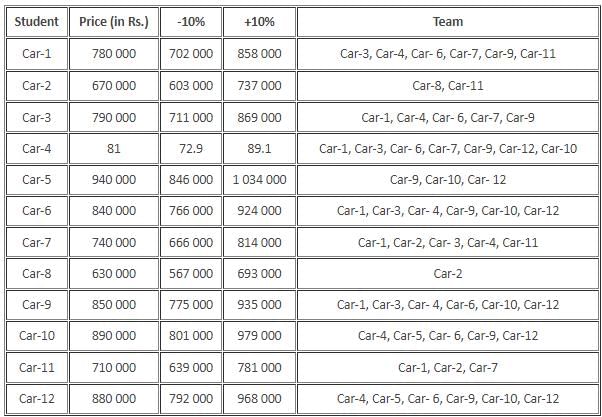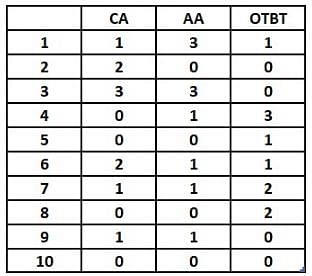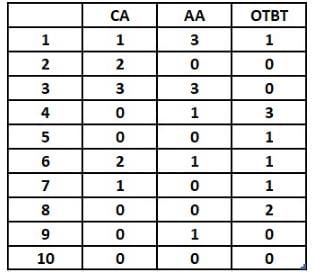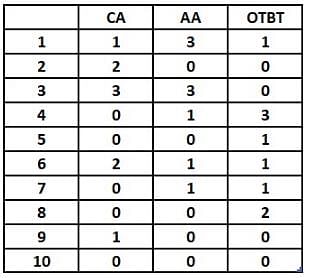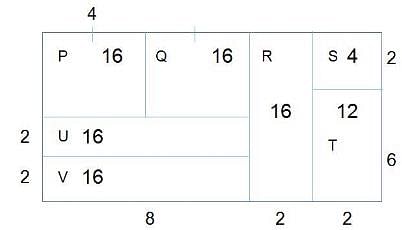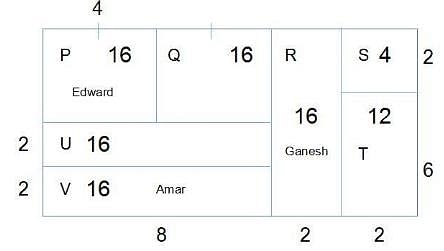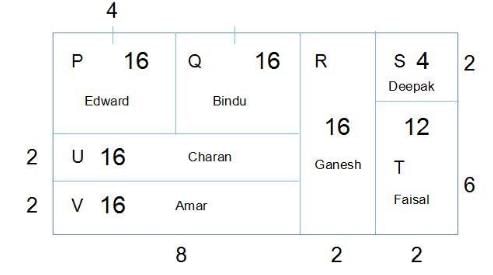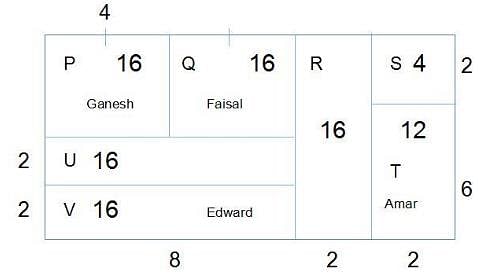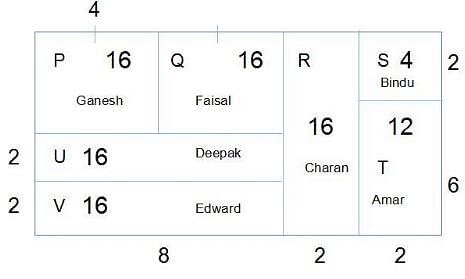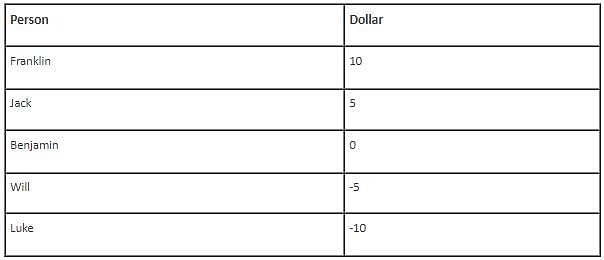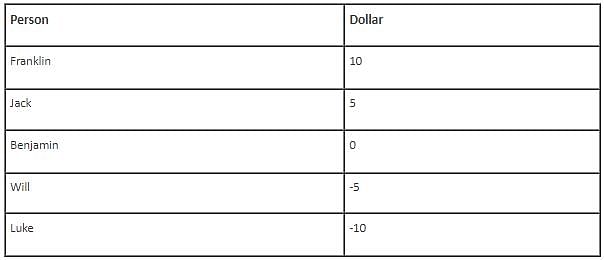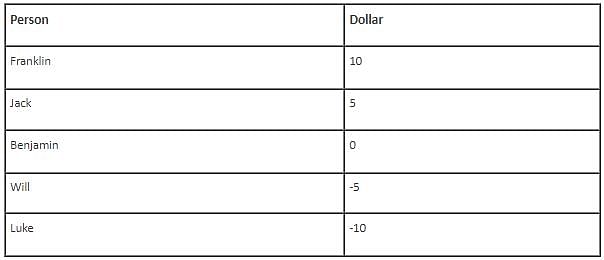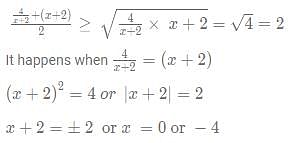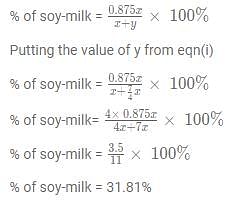CAT Mock Test- 4 (November 1) - CAT MCQ
30 Questions MCQ Test Daily Test for CAT Preparation - CAT Mock Test- 4 (November 1)
According to the passage, what can be a direct consequence of people trying to avoid an unfortunate life?
Which of the following has NOT been mentioned as one of the purposes of magic/occult sciences in the passage?
Why does the author mention the 'surgical mask' in the passage?
"The scientific revolution that followed continued the same trend". The 'trend' in the statement refers to
The author's view on the 'principle of just deserts' differs from that of Mankiw in which of the following ways?
Why does the author mention the phrase 'bind Prometheus'?
Who among the following would the author not tag as 'Kierkegaard's Socrates'?
DIRECTIONS for the question: The four sentences (labelled 1, 2, 3, 4) below, when properly sequenced, would yield a coherent paragraph. Decide on the proper sequencing of the order of the sentences and key in the sequence of the four numbers as your answer:
- This argument woefully ignores the neuroscience that explains why juveniles should not be treated as adults.
- This new ruling claims that the early teen years cast the die for how someone is likely to behave for the rest of their lives.
- It ignores the very scientific evidence that influenced and guided previous court decisions.
- The U.S. Supreme Court’s recent decision in Jones v. Mississippi makes it easier for judges to sentence children to life in prison with no chance of parole.
There is a sentence that is missing in the paragraph below. Look at the paragraph and decide in which blank (option 1, 2, 3, or 4) the following sentence would best fit.
Sentence: This stark reality has driven the growth of movements advocating for drastic change in our lifestyle and economic priorities.
Paragraph: Environmental concerns have been mounting with the undeniable impact of human activity on climate change. ____(1). ____ Scientists advocate for immediate collective action, suggesting steps such as reducing carbon footprints, conserving water, and investing in sustainable technologies. ___(2). ____ Governments and corporations play significant roles by enforcing eco-friendly policies and promoting green technologies, but the inertia has been difficult to overcome. _____ (3). ____ Consequently, our planet's future hangs in a delicate balance, urging every individual's participation in the conservation effort. ____ (4). ____.
The passage given below is followed by four alternate summaries. Choose the option that best captures the essence of the passage.
Modern workplaces require constant upskilling due to rapid technological advancements. Employers seek individuals who can learn and adapt rather than those with extensive experience in redundant technologies. Thus, the traditional premium on experience is being swiftly replaced by the ability to learn and adapt.
The passage given below is followed by four alternate summaries. Choose the option that best captures the essence of the passage.
Coral reefs, often called "rainforests of the sea", support a quarter of all marine life. However, climate change and ocean acidification are decimating these ecosystems, leading to a loss of biodiversity. The consequences extend beyond the marine environment, indicating an impending ecological crisis.
What is the difference between the number of friends who went to Goa and the number of friends who stayed at home?
Among the friends who stayed at home, how many played charades?
In time slot-2, the average amount of time spent (in hours) per day by Mr. Xavier coding any of the mobile apps was (rounded to the nearest hour)
What was the average time for which Mr. Xavier must have done coding per day during the last time slot to finish coding all the mobile apps in the targeted time?
The cars given in which of the following options can be the only cars in a racing team?
Two students Ianne and Janne, categorised in the extended merit list, are tied with the same total score. What is the maximum total score that they can score individually?
For how many persons can the room they live in be determined?
What is the difference between the amounts (in $) with Benjamin and Will?
Who among the following was/were in debt at the end of the game?
f(x) is a non constant linear function such that f(f(f(f(1)))) is equal to f(f(1)). What is the value of f(3)+2f(0) if it is given that the angle between the function and the X axis is not equal to 450
Enter -1 if the answer can't be determined.
The equation  = 4 cos (π/2 (x2 + 2x)) has how many distinct real solutions for x ≥ 0
= 4 cos (π/2 (x2 + 2x)) has how many distinct real solutions for x ≥ 0
Modern Dairy is an upcoming company that aims to provide a unique type of milk derived from plant to the customer segment which is lactose intolerant. It has 2 suppliers. The first supplier gives a solution of soy milk and water which has a soy milk concentration of 87.5%. The second suppliers gives a solution of almond based milk and water in which the concentration of almond based milk is 60%. If the milk obtained by mixing these two solutions has a water concentration of 30%, then what is the percentage of soy-milk in the mixture?
How many odd natural numbers are possible which satisfy the inequality
(x−2) (x−6) (x−10) (x−14) (x−18) < 0
If log492 =a, log92 =b and log248 = c then what is the value of (c − 1/2b)(1/a−1/b)
Ram has Rs 1,00,000 with him which he wants to invest. His financial advisor advised him to split the investment into 2 scheme.
The scheme I had a return of 10% compounded annually. Whereas scheme II had the interest of 20%per annum compounded half-yearly. If after the end of 2 years he had received a total amount of Rs 1,36,246 How much money did he invest in the scheme I?
For an investment with a fixed rate of return, interest received in 3rd year is 1440 and 4th year is 1728. What is the rate of compound interest per annum?
Out of 15 points that lie in a plane, 3 points lie on a straight line and another 4 points lie on another straight line parallel to it. If no other 3 points are collinear, find the total number of triangles that can be formed?
|
152 docs|327 tests
|



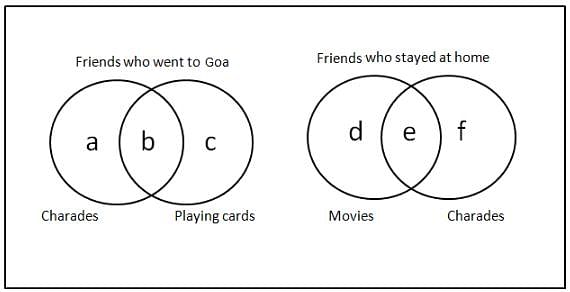
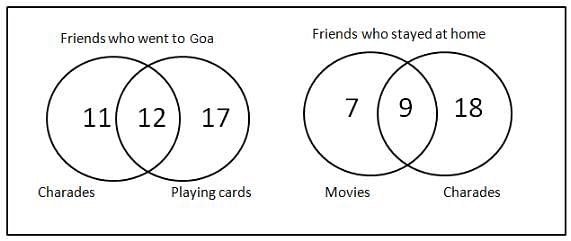
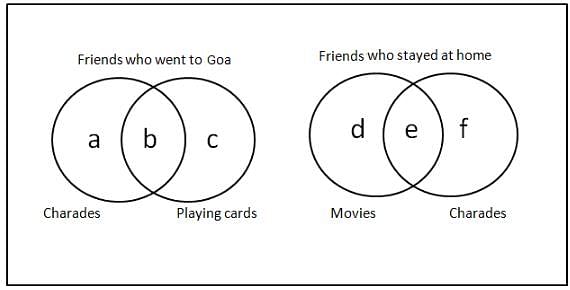
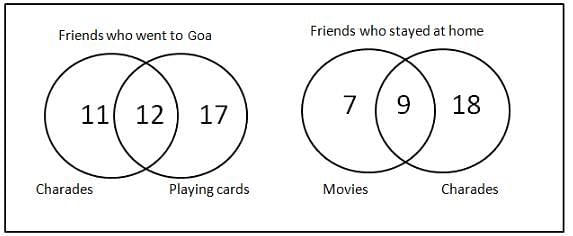
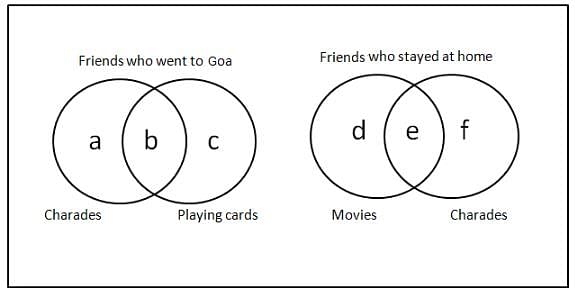
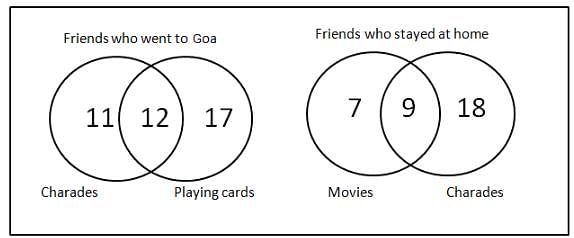
 = 5.11 hours
= 5.11 hours